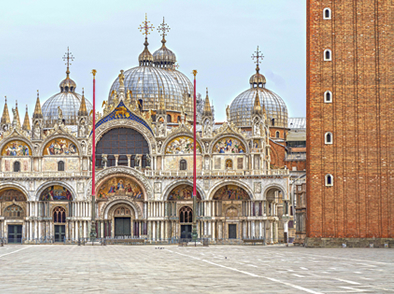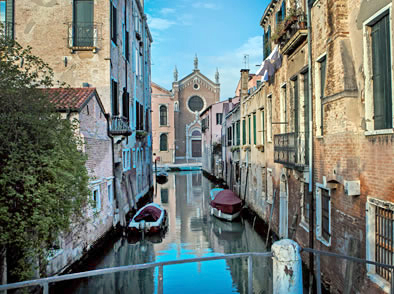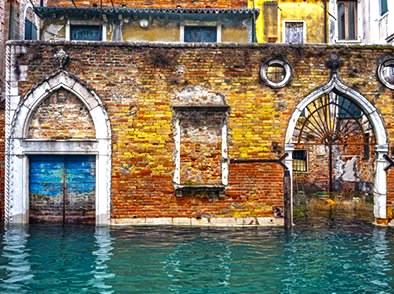M. Fortuny y Madrazo (Granada 1871 – Venice 1949)
He was the second child of the late 19th century Spanish painter Mariano very well known throughout Europe. Mariano jr may be considered as one of the most talented and eclectic artists of his time.
Painter, fashion and fabric designer, collector, photographer, stage lighting technician, theatre scenery artist and decorator, lamp designer he will contribute extensively to each one of the fields in which he was involved. In 1889 Mariano’s mother Cecilia moved the family to Venice the city where he will reside for the rest of his life. In 1900 he took possession of the previously called Pesaro palace, one of the most striking examples of noble gothic 15th century palaces.
It was built by Benedetto Pesaro, a prestigious noble who died in action against the Turkish armada in the island of Corfù in 1503 as commander general of the Venetian fleet, a true war hero.
Anyone can still praise the fame of Benedetto and his male family members viewing Bellini’s altarpiece in the Frari church depicting him, his brothers and father as their homonymous saints in disguise although with a different likeness. The palace is one of the largest of its time presenting an unusual vast portego (large central halls disposed on each floor) of nearly 45 meters (148 feet). And it is also a great example of a Venetian warehouse-abode where under the same roof the functions of private residence and merchant house were held together.
Mariano conducted a thoroughly restoration of the building as the last traces were all almost erased or concealed the building being used previously as a philharmonic academy – to be resettle later at the Fenice opera house – a printing house and rental apartments. Under the guidance of Mariano and his wife Henriette all rooms and spaces in the building were transformed: a workshop and exhibition area in the second noble floor and a private home in the first one. From his home Mariano designed and produced the fashion garments, fabrics and lamps that made him famous all over the world, still produced in the Giudecca Island in Venice and in New York City. Mariano died in 1949 and his wife bequested the building and all collections to the city of Venice before her own death in 1965.
Visiting now the Fortuny palace and collection is recommended because visitors will enter and see a true Venetian 15th century palace ( you can’t get in that easy in most other palaces) and one of the largest of its time. Besides the powerful architecture in itself, visitors wil enjoy viewing all of Mariano Fortuny’s works and personal items on display. The setting is like a private home that stills keeps Mariano’s personal touch.




